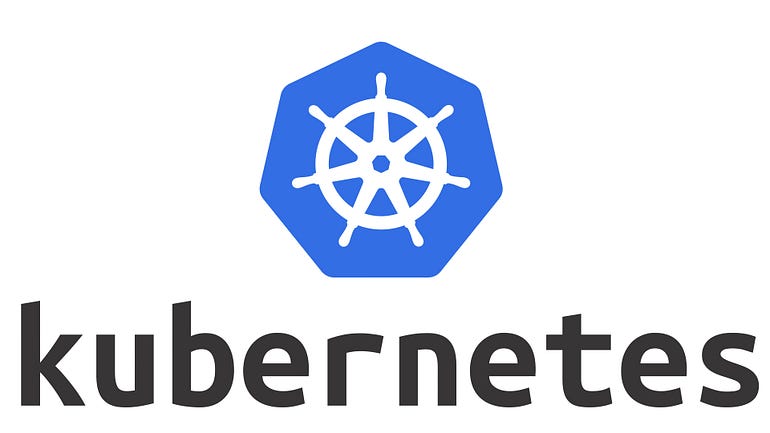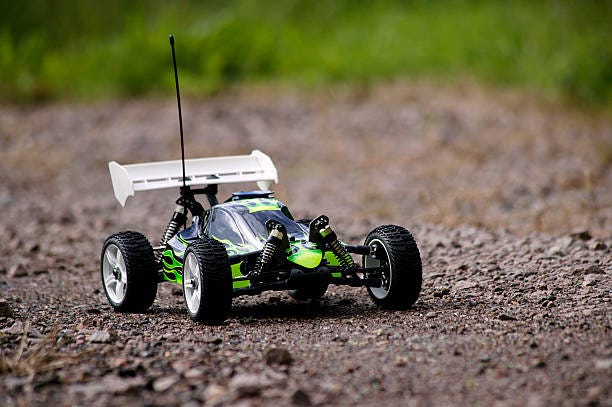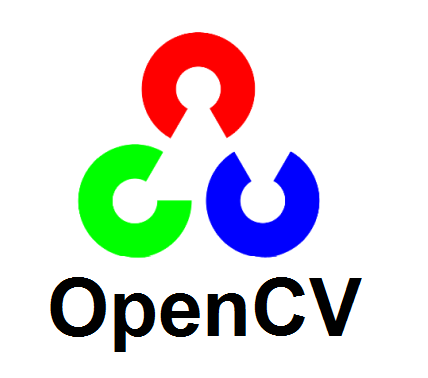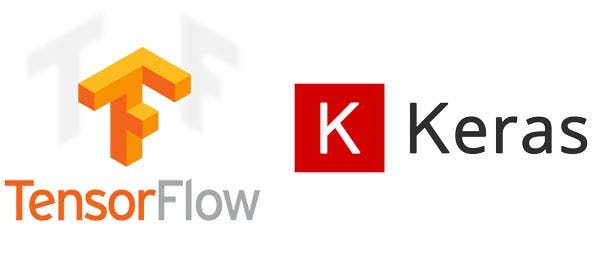Kubernetes on Azure: Setting up a cluster on Microsoft Azure (with Azure AKS)
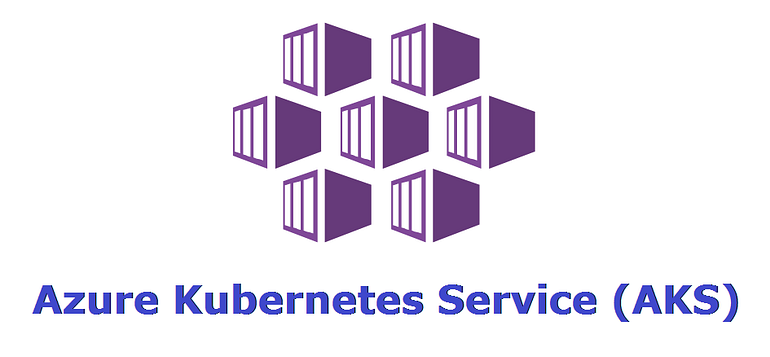
Prerequisites
Before you begin, you will need the following:
- A Microsoft Azure account with administrative access
- A basic understanding of Kubernetes concepts
- A local machine with the
azandkubectlcommand-line tools installed
Step 1: Create an Azure Kubernetes Service Cluster
Azure Kubernetes Service (AKS) is a managed Kubernetes service that makes it easy to run Kubernetes on Azure without the need to manage your own Kubernetes control plane. To create an AKS cluster, follow these steps:
- Open the Azure portal and navigate to the AKS console.
- Click on “Add” to create a new AKS cluster.
- Choose a name for your cluster and select the region and resource group where you want to create it.
- Choose the number and type of nodes you want to create in your cluster.
- Choose the networking options for your cluster.
- Review your settings and click on “Create”.
After you click “Create”, the AKS service will create your cluster and the necessary Azure resources, such as virtual machines and load balancers. This process may take several minutes.
Step 2: Configure kubectl
Once your cluster is created, you need to configure kubectl to access it. Follow these steps:
- Install the
azCLI tool if you haven’t already done so. - Run the following command to authenticate
kubectlwith your Azure account: az login- This command opens a web page and asks you to log in to your Azure account.
- Run the following command to configure
kubectlto use your AKS cluster: az aks get-credentials --name myAKSCluster --resource-group myResourceGroup- Replace
myAKSClusterwith the name of your AKS cluster, andmyResourceGroupwith the name of the resource group where your cluster is located. - This command updates your
kubectlconfiguration to use the Azure account that you used to create your cluster. It also sets the current context to your AKS cluster.
Step 3: Verify Your Cluster
To verify that your cluster is working correctly, run the following command:
kubectl get nodes
This command should return a list of nodes in your cluster. If you see a list of nodes, your cluster is working correctly.
Step 4: Deploy Applications to Your Cluster
Now that you have a working AKS cluster, you can deploy applications to it. You can use Kubernetes manifests to deploy applications to your cluster.
Here’s an example manifest that deploys a simple nginx application:
apiVersion: apps/v1
kind: Deployment
metadata:
name: nginx
spec:
selector:
matchLabels:
app: nginx
replicas: 3
template:
metadata:
labels:
app: nginx
spec:
containers:
- name: nginx
image: nginx:latest
ports:
- containerPort: 80
---
apiVersion: v1
kind: Service
metadata:
name: nginx
spec:
selector:
app: nginx
ports:
- name: http
port: 80
targetPort: 80
type: LoadBalancer
Save this manifest to a file named nginx.yaml, then run the following command to deploy it to your cluster:
kubectl apply -f nginx.yaml
This command will create a Deployment with three replicas of the nginx container and a Service to expose the nginx Deployment.
In this tutorial, we explored how to set up a Kubernetes cluster on Microsoft Azure using Azure Kubernetes Service (AKS). By following these steps, you can quickly create a Kubernetes cluster on Azure and deploy your applications to it.
Running Kubernetes on Azure has many advantages, such as easy management of your cluster and integration with other Azure services. With AKS, you can focus on deploying and managing your applications, and let Azure handle the underlying infrastructure.
If you’re interested in learning more about Kubernetes, check out my book: Learning Kubernetes — A Comprehensive Guide from Beginner to Intermediate by Lyron Foster ( https://a.co/d/aLXDvsZ )
Lyron Foster is a Hawai’i based African American Author, Musician, Actor, Blogger, Philanthropist and Multinational Serial Tech Entrepreneur.



